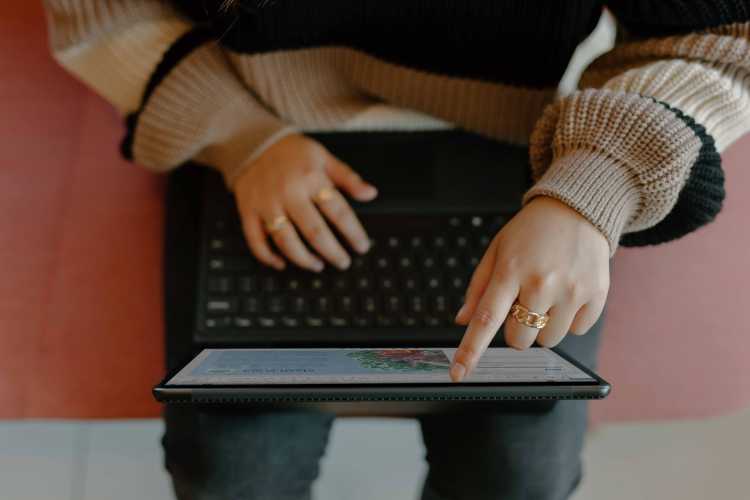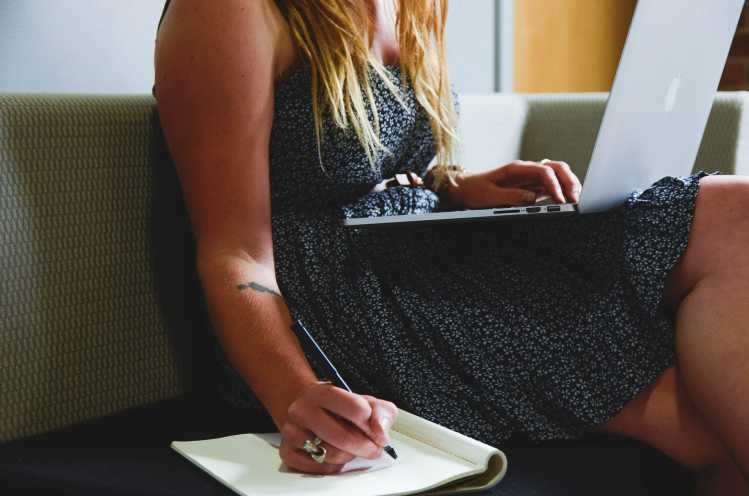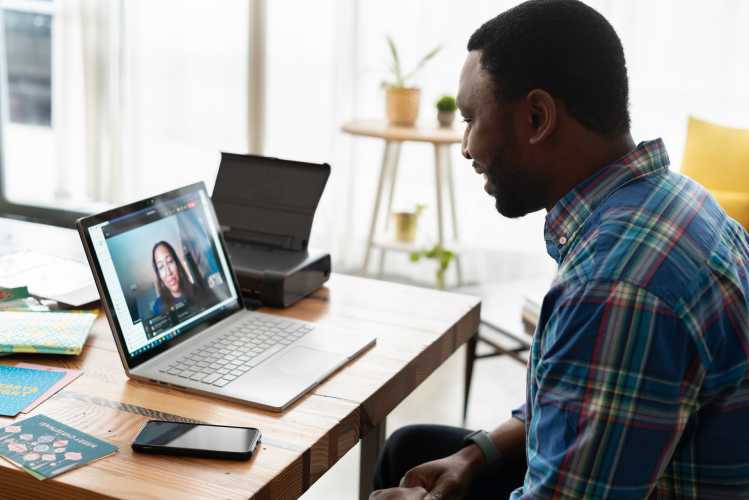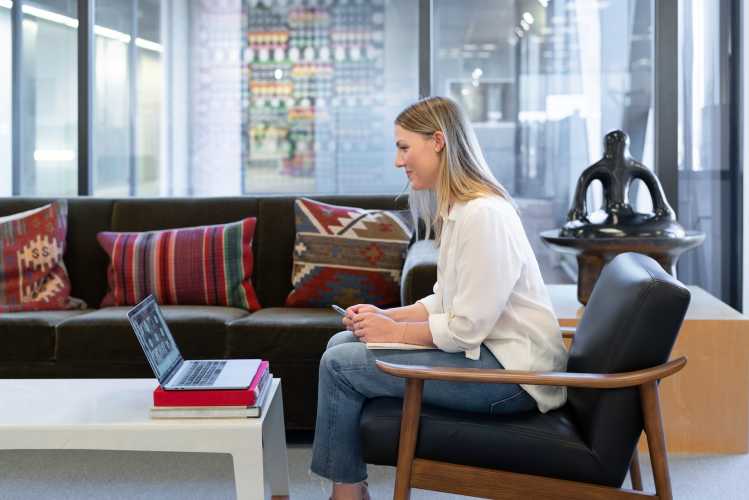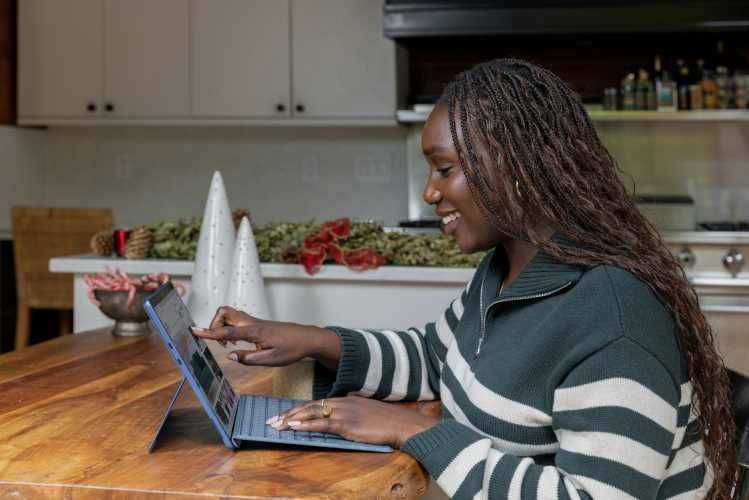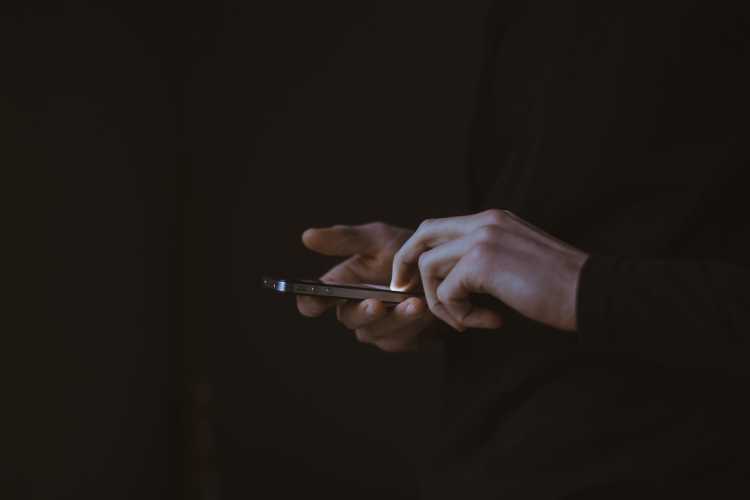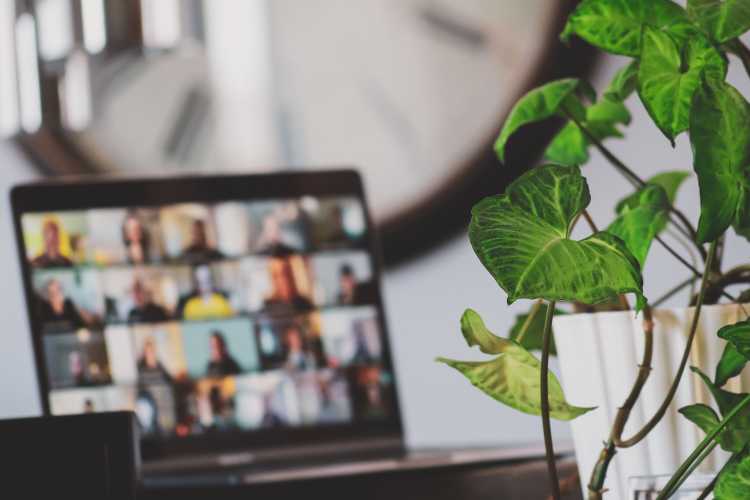Online Courses
6 Tips for How to Structure an Online Course
Whether you’re building your first or your 10th course, these 5 tips will help your audience get the most out of it.
Author
Last Updated
February 6, 2025

Table of Contents
Whether you’re building your first or your 10th course, these 5 tips will help your audience get the most out of it.
There are a lot of online courses out there. Let’s say it again… A LOT.
Some are good. Some are okay. Some are terrible.
The online course boom means that a lot of people are trying to cash in with their own online courses, which is great! But too many online teachers are producing mediocre courses that don’t serve them or their students.
There’s an art to building a great online course. And, even with the competition out there, a well-designed, well-thought-out course that gives people the transformation they need can still do really well.
In this article, we’re going to talk about how to structure an online course to make sure your students get the most out of it. These 6 tips will help you get a clear vision of what transformation you’re taking your students through and learn how to get them there. If you follow these, you’ll be well on your way to having an effective course and testimonials from students who love it.
If you want more support in building your online course and community, come join OUR Mighty Community for free and meet other new and established community owners! We’d love to meet you. Join for free!
1. Start with the end
Can we tell you the problem with too many online courses?
Too many course creators start by listing what they know and want to teach. The things they like to talk about. And they start plotting out the course.
Here’s why this is a mistake.
Good courses don’t come from just brain dumping everything you know. The secret to an AMAZING course is to be clear on what you want your audience to get from it. Where will they be when it’s done?
Start with the end in mind. For people building online communities, we describe this end as being a Big Purpose statement.
The Big Purpose statement looks like this.
The Big Purpose for a course isn’t much different. You’re bringing together a certain group of people who want to get a certain result. That’s what your course is for.
It’s not:
Sharing everything you know
Impressing them with your knowledge
Getting them to be in-depth experts in a subject (unless it’s a masterclass)
The single goal for your course is to get your members to a transformation of some sort. These could be big, life-changing transformations. Or they could be personal, simple, and fun.
Here are some examples of transformations:
Go from knowing 0 guitar to playing songs around a campfire
Go from being a couch potato to a slow AF runner
Go from being a floral designer to owning a successful floral business
Go from knowing nothing about marketing to mastering YouTube ads
It’s transformations people want. So, define the transformation you want your members to accomplish. You can then work backward from this and build into the course EXACTLY what your ideal student NEEDS to achieve that transformation: no more, no less.
2. Focus on the steps
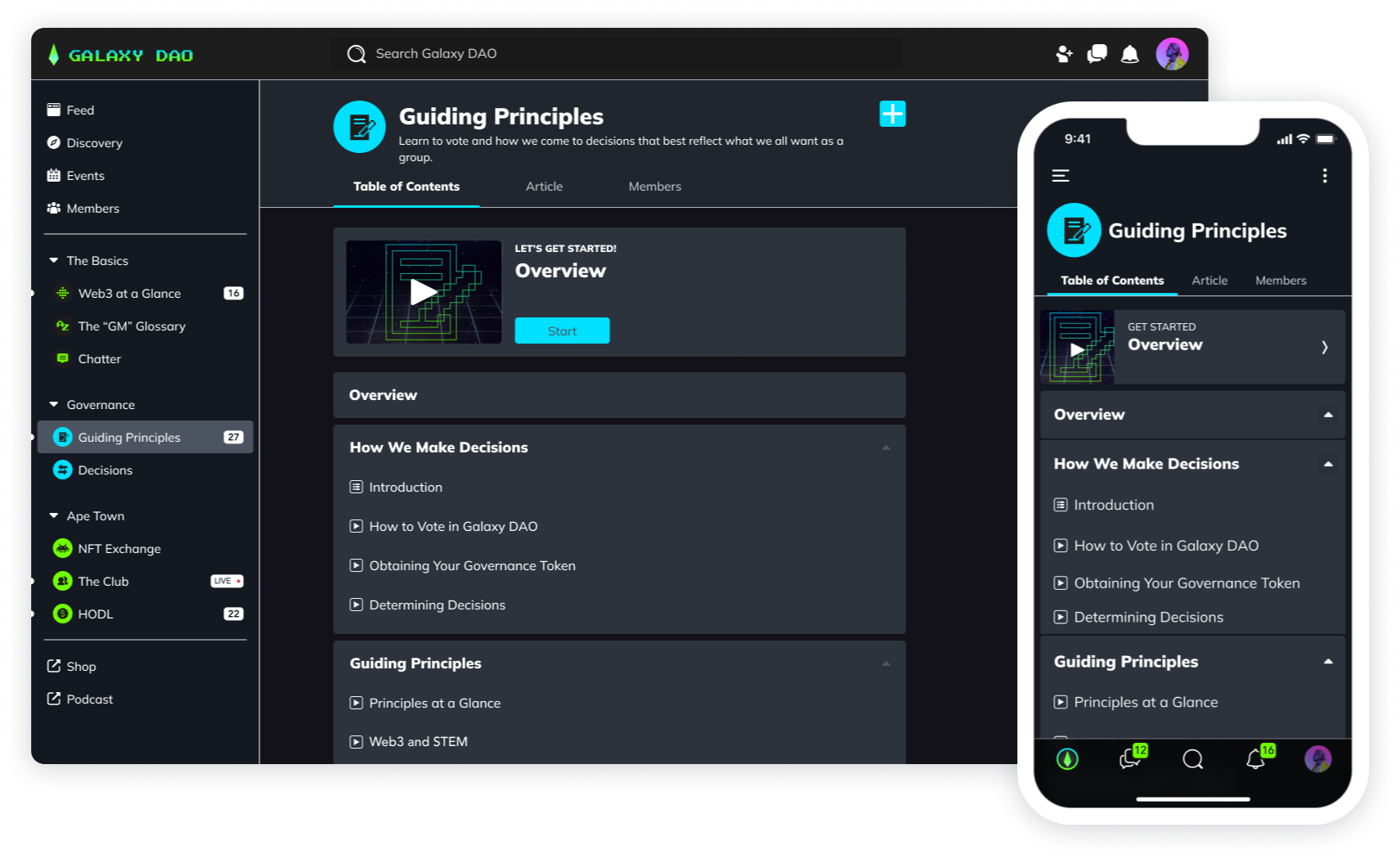
Once you have a clearly defined goal for your course, you can start to sketch an outline for what your course needs to include. This might take some research OR, if you’re teaching something you’ve already mastered, it might just mean sitting down and thinking through how you learned.
Get a blank piece of paper or blank document. Write down the end. Then ask yourself, “What do they ACTUALLY need to accomplish this transformation?”
One of the dangers here is what’s called the “curse of knowledge.” It can be hard to know how to teach a beginner, especially if you’ve mastered something and it’s been a while since you were a beginner. Remember glazing over in trigonometry when your teacher started talking about the hypotenuse–without explaining what it actually is?
That’s probably the curse of knowledge at work. It’s when you assume that someone knows something you take for granted.
So, the answer is, focus on the steps. Ask yourself, “what steps would it take to learn this?" And include everything–whether you think they might know it or not.
So, for example, let’s say you’ve got a beginner guitar course. You’ve chosen a cool name, and you’re going to call it: “Campfire Guitar Mastery: Go from 0 to Leading a Singalong.”
What does someone who’s never played the guitar before need to know to go from 0 to playing around a campfire?
Here are some steps that might make sense:
How to choose a guitar if you don’t have one
Parts of the guitar
How to find & read chord charts
Strumming patterns
Playing your first song
How to practice effectively
Where to find song chords
How to sing while you play
How to find the confidence to play in public
Once you know what the goal is, you’ve got a clear roadmap for how to structure an online course to help your students meet the goal. These can be your lessons or your modules.
DON’T GIVE THEM ANYTHING MORE THAN THEY NEED!
We talked a bit about this above. One of the biggest mistakes teachers make is to cram a course full of everything they know. We’re tempted to do this for a lot of reasons, but usually, it’s because it makes us feel like our students will value the course more if it has EVERYTHING in it.
Resist the temptation. Give them what they NEED instead. Student satisfaction doesn’t come from a long course. It comes from an effective course.
So, for our campfire guitar course above, you’ll notice that it doesn’t have:
An in-depth history of the guitar
Lessons on guitar music around the world
A guide to reading music
Long explanations of why you should learn to play (from the course description, they know exactly why)
Instructions for how to build a campfire
Focus on the steps they need. And pitch everything else.
Pro Tip: Once you’ve got your course laid out, look at each step and see if you can scratch any off. If you can get rid of modules, and still be confident that your students can get the results they want, do it!
3. Test for knowledge retention
If you’re going to have tests or evaluations attached to your course, make sure the tests also stick to what they’ll need to remember going forward. Too many courses approach tests as an opportunity to see if students were listening, and ask stupid questions like, “In module 2–who was the Queen of England we mentioned?”
If you’re going to test, make sure it’s evaluating and reinforcing knowledge they need to take forward and not checking that they remembered useless details from the course.
Here are some examples of good and bad questions:
Facebook ads course:
What color is the Facebook logo? (bad)
What does “audience” mean for your ad? (good)
Business course:
What color pants did Jake wear in the second lesson? (bad)
What were some ways to increase membership retention? (good)
Make sure all the questions tie into the knowledge and skills they’ll actually need to accomplish the goals of the course.
4. Build projects
One alternative method for how to structure online course material is by having students build a project. You can even do this instead of doing tests and quizzes.
If your students get to the end of your course and they’ve already got something to show for it, that’s a great thing! And they’ll have higher retention rates by actually doing it anyways.
So if you’re teaching a course with a practical or creative output, walking students through building a project or portfolio piece might be the best way to go.
Here are some examples of projects that could come from an online course:
Course: Web Design for Beginners Project: A website
Course: Ruby on Rails Project: Your first app
Course: Learn Watercolor Painting Project: Your first painting
Course: Intro to Lettering Project: A portfolio of lettering pieces
Course: Magazine Pitching Project: A completed pitch sent out
Too many courses out there TELL students how to do stuff and leave them to apply the knowledge on their own. If you SHOW them how to do it, walk them through the process, and give them something to take away, they’ll have gotten their money’s worth from your course.
5. Mix mediums

One of the final things that can really help with online course structure is mixing delivery mediums. People learn differently. So adding a mixture of materials to your course helps to serve people with different learning styles, PLUS makes the course more accessible.
So, for example, you could build a course with pre-recorded, asynchronous videos. This gives the students the ability to watch or listen, plus start and pause as needed. You might add a text summary or transcription of the video for people who either prefer to read or those with a disability that makes video or audio inaccessible. You could also add live conversations where the course members come together to chat about course material, ask you questions, and do some exercises together.
This type of mixed delivery gives a lot of value for your students, letting them learn in the way that they learn best.
6. Choose the right platform
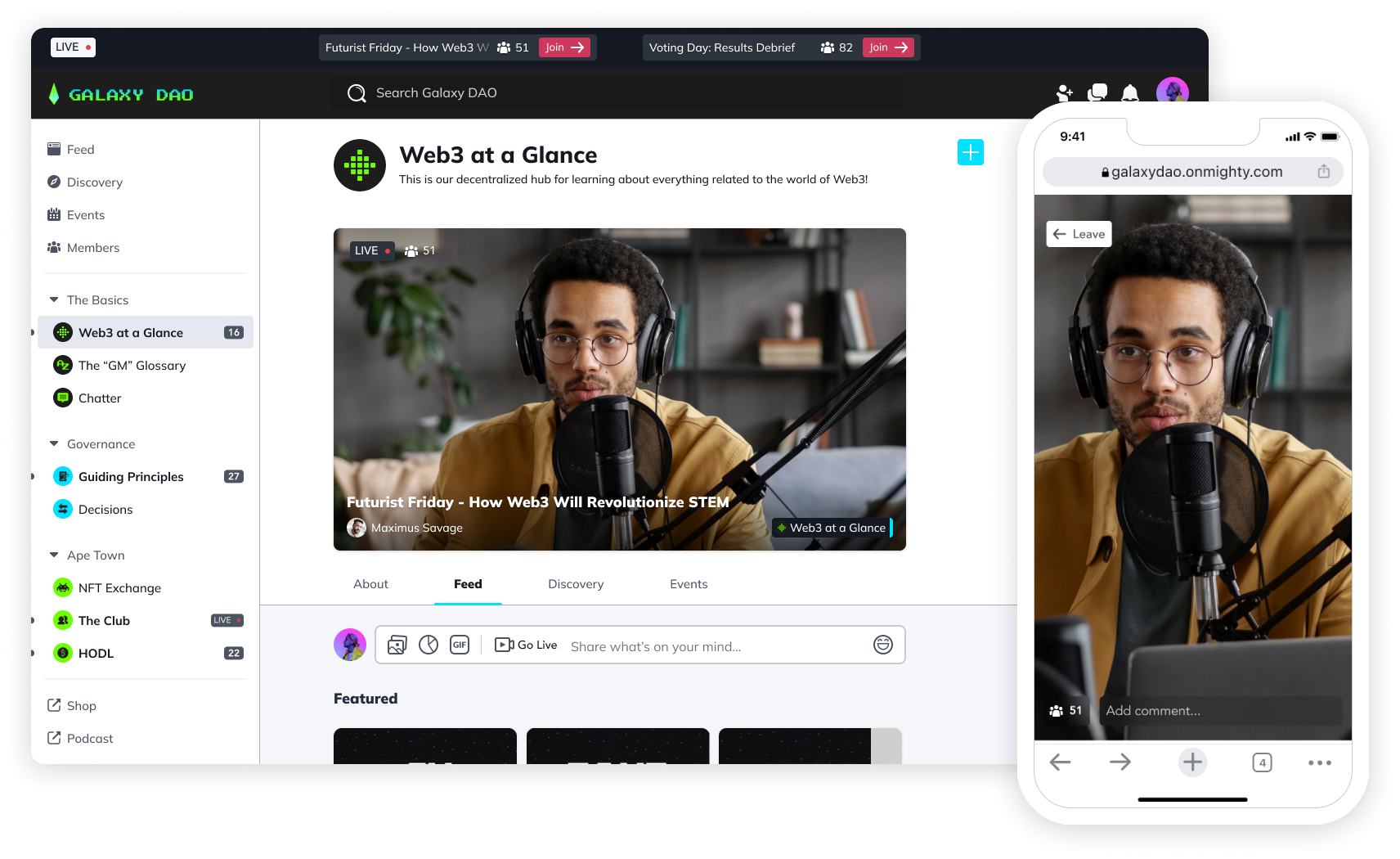
Last, but not least, you need to choose the right course platform. There are a lot of options out there, but very few of them will let you do all the things we talked about above: mixing up synchronous and asynchronous teaching, leading live discussions and Q&As, running evaluations, and letting students share their class projects.
That’s why choosing the right platform is an important step. So if you’re looking for a place to build, come try Mighty Networks! Mighty is a powerful cultural software platform that brings community, courses, content, commerce, and live events together. Mighty's flexible Spaces let you build the membership YOU want, adding in features like live streaming, online courses, discussion forums, and written and video content.
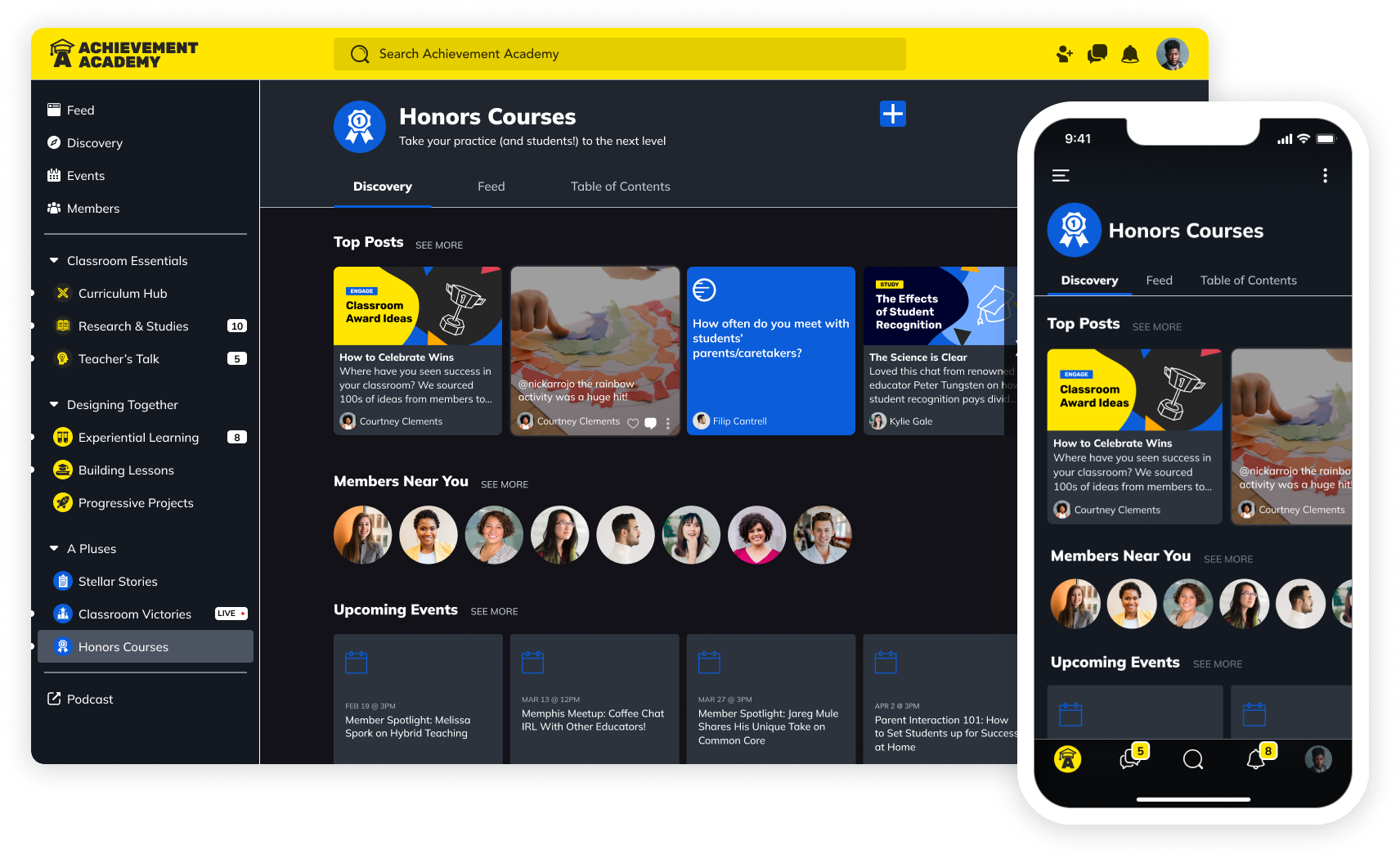
Conclusion
In the end, how to structure an online course pretty much comes down to focusing on the transformation students need and how to get them there. If you can do this, you’ll be ahead of many of the courses out there.
So if you:
Define the transformation you want to give them,
Figure out what they need to get there,
Walk them through it,
And check to make sure it was successful...
You’ll have a course that students love and tell their friends about, plus a community of eager fans waiting for your next course!
And if you want to try building your course on Mighty Networks, you can check it out for free – no credit card required.
Ready to launch your online course?
Ready to start building your community?
Start a free 14-day trial to explore Mighty—no credit card required.
More like this
Join Mighty Community
Learn the principles of Community Design™ (and see them in action) alongside thousands of creators and entrepreneurs. It's free to join!

Communities & Memberships
Community Platforms
Managing a Community
Building a Community
Growing a Community
Monetizing a Community
Content Creation
Online Courses
Creating a Course
Teaching a Course
Course Platforms
Selling a Course
Creators & Entrepreneurs
Monetization
Content Creation
Starting a Business
Website Builders
Creating & Managing a Website
Events
Event Platforms
Hosting & Marketing Events
Branded Apps
Creating a Mobile App
Coaching Apps
Community Apps
Coaching
Mastermind Groups
Starting a Coaching Business
Coaching Platforms
Filter by Category
Communities & Memberships
Online Courses
Creators & Entrepreneurs
Events
Branded Apps
Coaching
Build a $1 Million Community
This free masterclass went viral—sign up to learn why.







